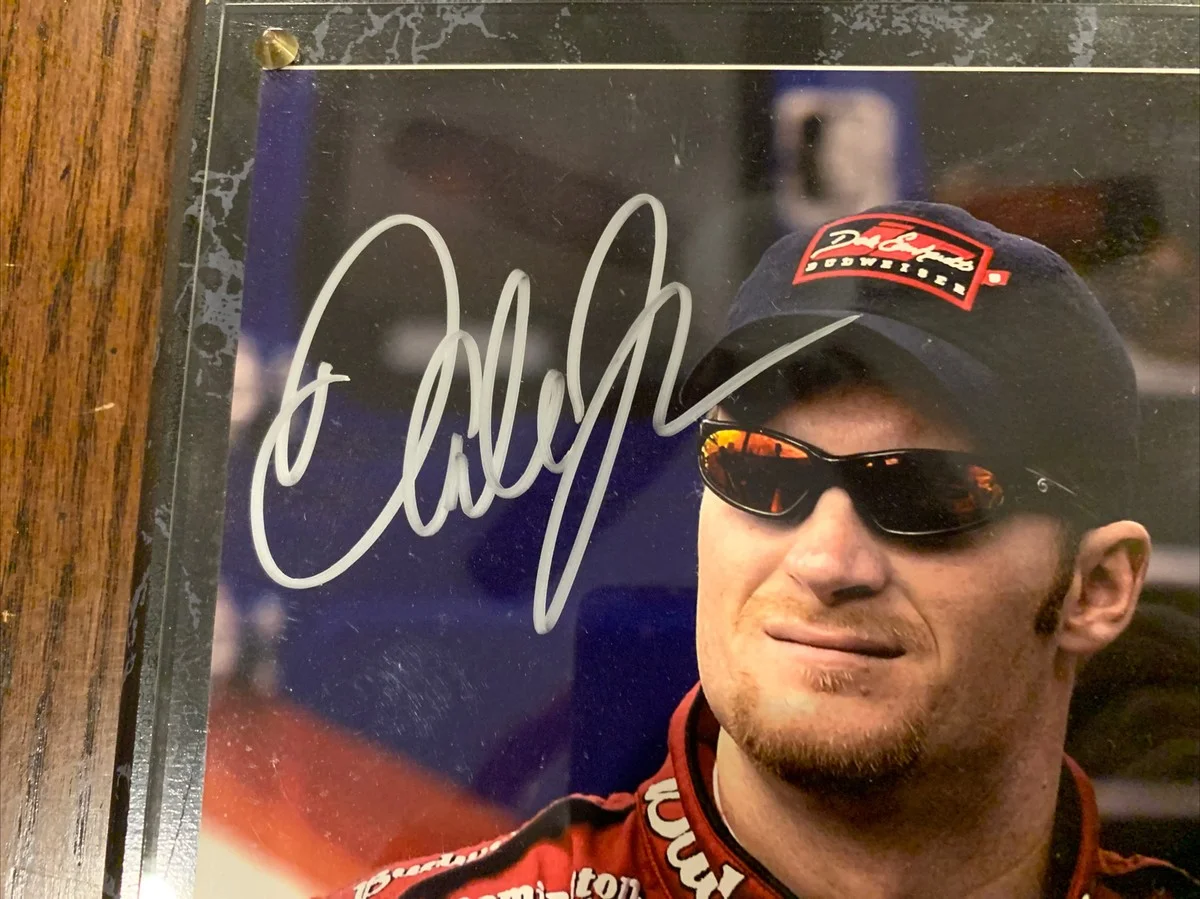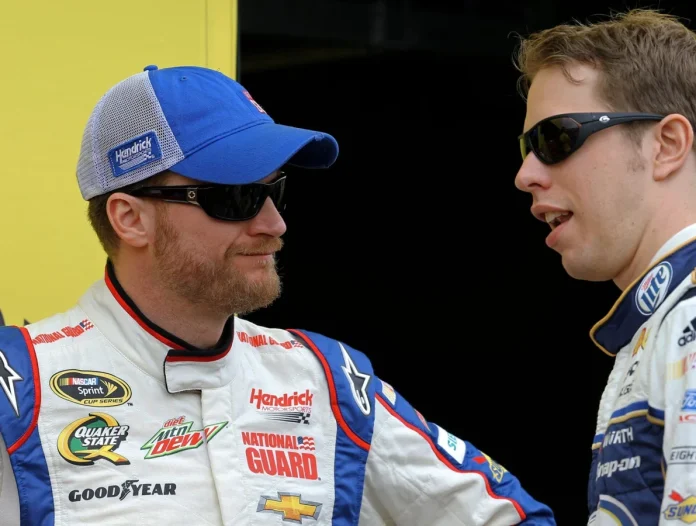Dale Earnhardt Jr. has expressed his approval of the upcoming change in NASCAR’s engine rules, a decision that will raise horsepower from 670 to 750 for the 2026 season. Discussing the news after Brad Keselowski’s recent announcement, Earnhardt reflected on its expected impact and the ongoing interest surrounding NASCAR horsepower among fans and drivers.
Drivers Share Perspectives on Increased Horsepower
On his podcast, Dale Jr. Download, Earnhardt assessed the move, highlighting the significance for the racing community and driver satisfaction. He remarked,
“It is progress. I’m good with it,”
— Dale Earnhardt Jr.
Addressing whether the adjustment matches widespread expectations, Earnhardt said that while it may not be as substantial as some hoped, it is likely to affect driver experience for the better. He noted that a direct comparison might show nuances between packages but expects day-to-day race viewing to remain largely unchanged. He emphasized,
“If you took them to Martinsville, and you ran back-to-back races, doubleheader with both packages, maybe you’ll see some subtle differences, maybe not. The drivers, though, are going to get out and say better things. That’s also important. That’s as important as anything else, because the drivers have to support stuff for things to work. The drivers have to be positive. For things to be good, we need the drivers liking what they’re doing.”
— Dale Earnhardt Jr.
NASCAR’s History of Engine Power Changes
Brad Keselowski revealed the upcoming rules change on Corey LaJoie’s Stacking Pennies podcast. NASCAR, which once allowed engines with more than 900 horsepower, has gradually reduced its engine output since 2015 to manage costs and facilitate participation from new manufacturers such as Toyota, Ford, and Chevy. Keselowski commented on the technical specifics of the change and clarified the expected increase,
“Well, you know, it looks like NASCAR is going to change the rules next year to where we’re like 740, 750 [horsepower],”
— Brad Keselowski

“It’s not quite 100, because, you know, right now, technically, they’re at 670, but realistically, they’re like 685, 690, so.”
— Brad Keselowski
When the Next Gen car debuted in 2022, the horsepower was capped at 670, a decision driven by financial considerations and the goal to keep the manufacturer pool open and growing.
NASCAR’s Ongoing Commitment to Competition
Elton Sawyer, who serves as NASCAR’s senior vice president of competition, recently highlighted the organization’s ongoing discussions about how to improve racing at various tracks, including short tracks and superspeedways. He acknowledged the need for continuous growth and emphasized the collaborative nature of NASCAR’s approach, stating,
“We’re always trying to make our racing — whether it’s short track, road course, intermediate, superspeedway — we want to make it better. We feel like we have a really good product right now, but we want to build on that. We still have some work to do,”
— Elton Sawyer
Sawyer noted that increasing horsepower at short tracks has been a point of focus in meetings with engine builders, racing teams, and industry stakeholders such as Toyota, Ford, and Chevy. This signals that NASCAR’s leadership is attentive to feedback from drivers and teams as it prepares for the future.
What Fans and Teams Can Expect Moving Forward
As Earnhardt, Keselowski, and NASCAR executives have indicated, raising the horsepower should enhance driver feedback and support among racers, even if the on-track product appears largely consistent to viewers. With continuous collaboration among drivers, teams, and manufacturers, the 2026 season marks a notable step in balancing tradition and innovation within the sport. The outcome will affect drivers at venues such as Martinsville and across all other NASCAR tracks, reinforcing the central position of the Dale Earnhardt Jr. NASCAR horsepower debate as rules evolve.


